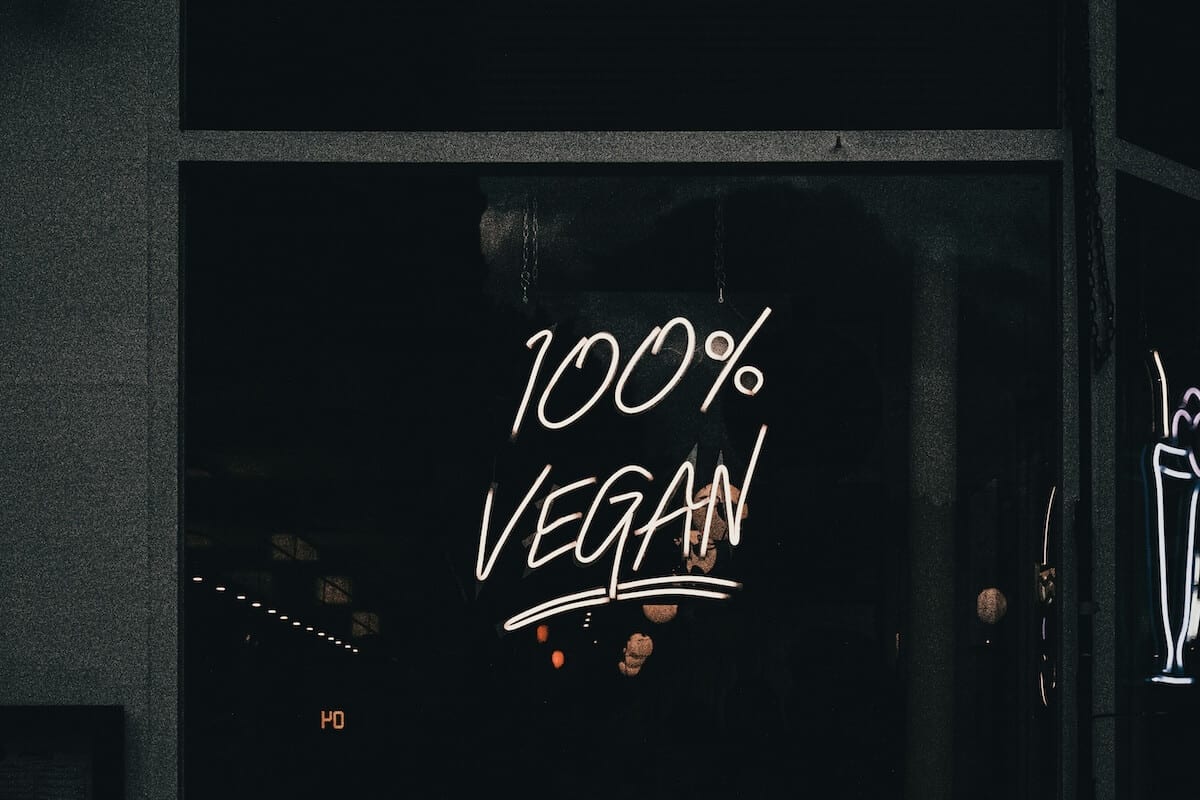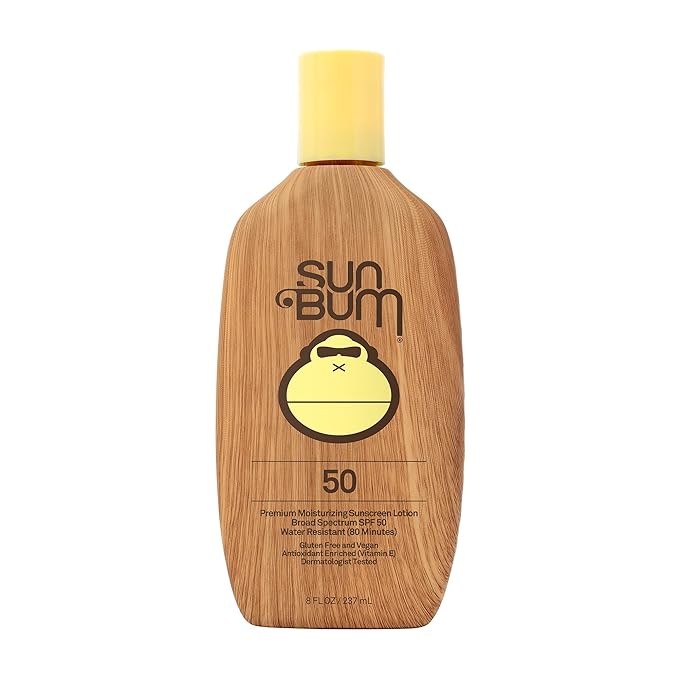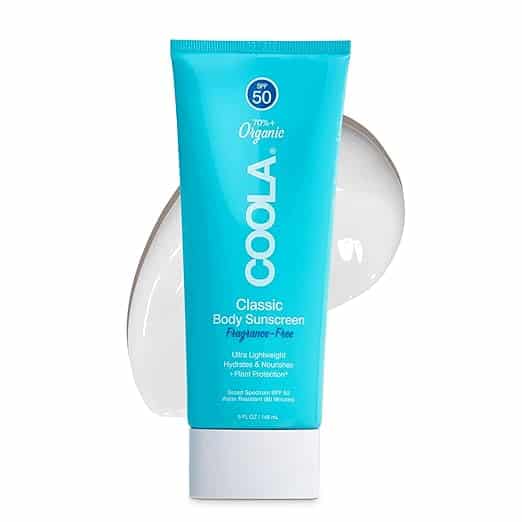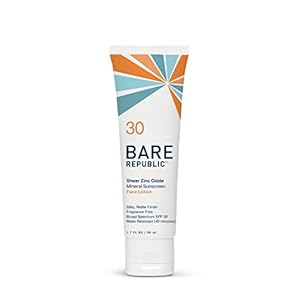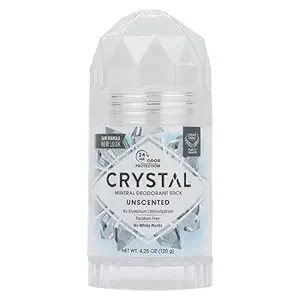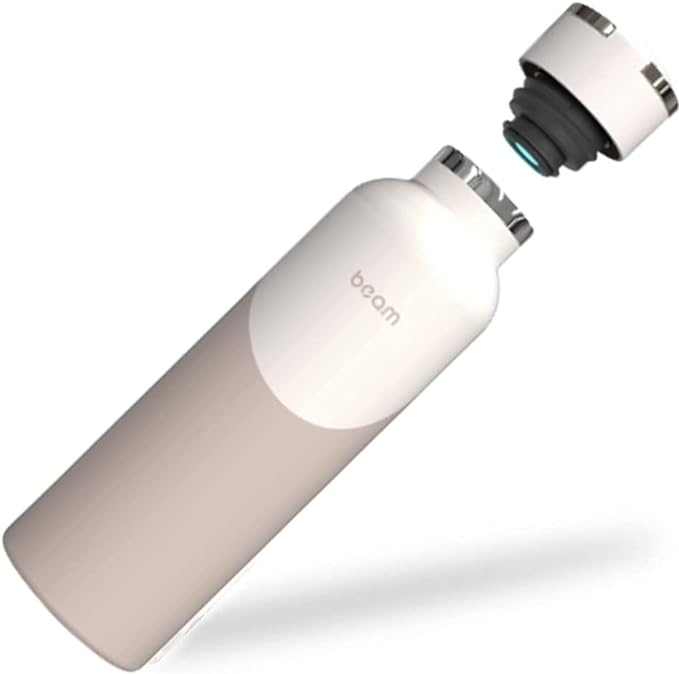Join me as I island-hop through Saint Vincent’s gems—from Bequia to Union Island—in under an hour on budget-friendly boat rides that unveil hidden beaches, local flavors, and Caribbean charm.
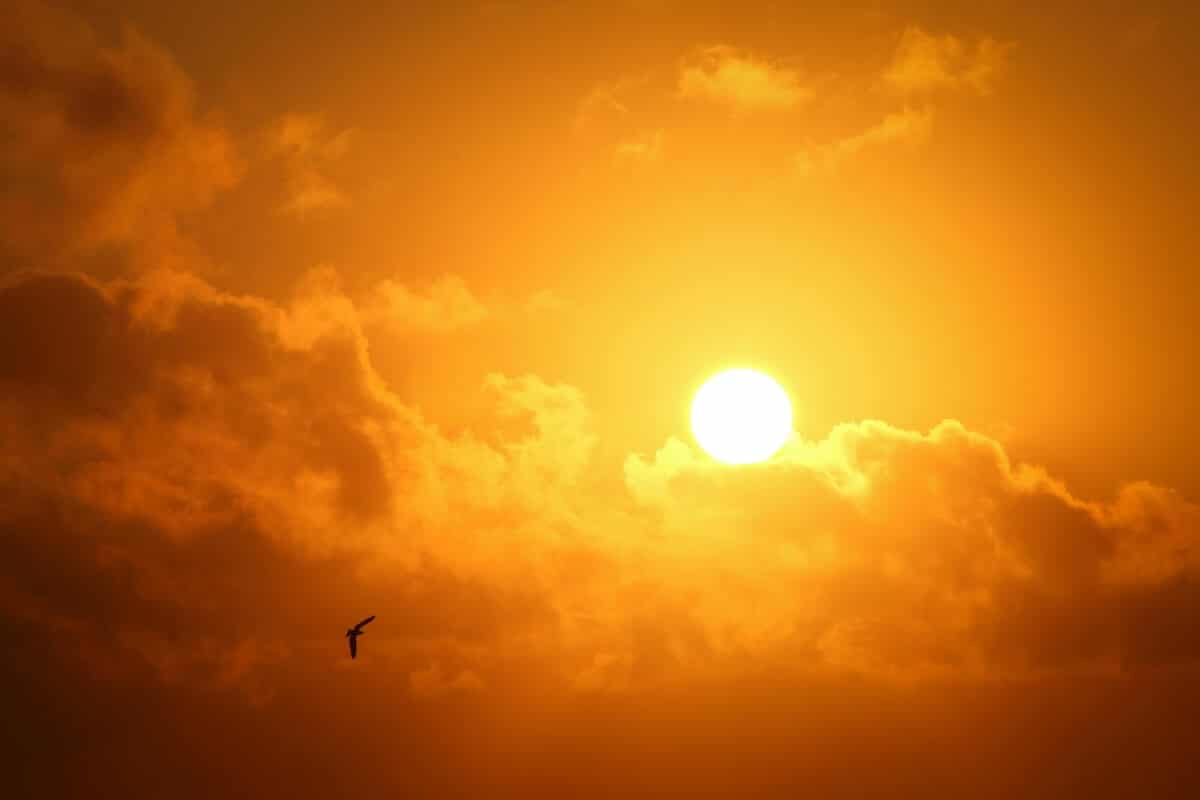
Supergoop sunscreen review | Is it worth the extra $$$ ?
As someone who’s always on the go, whether it’s a quick weekend getaway or a month-long adventure abroad, I’ve become quite the sunscreen connoisseur. And let me tell you, Supergoop has completely revolutionized my travel skincare game. Here’s why I’m head over heels for their products and why I think every traveler should give them a try.
Supergoop sunscreen is vegan
Let’s start with the basics. Vegan sunscreen is any sun protection product that doesn’t contain animal-derived ingredients or by-products. But it’s not just about what’s inside the bottle – true vegan sunscreens are also cruelty-free, meaning they haven’t been tested on animals at any stage of production.
Common animal-derived ingredients to watch out for include:
- Beeswax
- Lanolin (from sheep’s wool)
- Carmine (a red pigment from crushed insects)
- Shellac (from lac bugs)
Instead, vegan sunscreens use plant-based and synthetic alternatives. These might include:
- Candelilla wax or carnauba wax (instead of beeswax)
- Plant oils like coconut, jojoba, or sunflower seed oil
- Synthetic binders and emollients
When shopping for vegan sunscreen, look for certifications from organizations like PETA, Leaping Bunny, or The Vegan Society. These logos ensure that the product meets strict cruelty-free and vegan standards.
My favorite supergoop products
The Invisible Shield
Unseen Sunscreen SPF 40
What I love about it::
- Completely clear formula: Say goodbye to the dreaded white cast in your travel photos! This sunscreen goes on invisible, making it perfect for all skin tones.
- Velvety, primer-like finish: It's like having two products in one. The smooth finish helps my makeup stay put even in humid climates, saving precious space in my travel bag.
- Oil-free and weightless: Nobody wants to feel greasy while exploring a new city. This sunscreen is so light, I often forget I'm wearing it.
- Broad-spectrum SPF 40: Whether I'm hiking in the mountains or lounging on a beach, I know my skin is well-protected.
Now, some might say the price point is a bit high. But here's how I look at it: considering how little you need to use for full protection and its multi-tasking abilities, it's actually great value for money.
The All-Rounder
Play Everyday Lotion SPF 50
When I'm planning for a beach vacation or any outdoor-heavy trip, the Play Everyday Lotion is my go-to.
What I love:
- Water and sweat resistant: Whether I'm snorkeling in crystal-clear waters or sweating it out on a tropical hike, this sunscreen stays put.
- Reef-safe formula: I can enjoy water activities without worrying about harming marine life. It's a win-win!
- Comes in various sizes: The travel-sized option is perfect for carry-on only trips, while the larger size is great for extended stays.
- Fast-absorbing and non-greasy: No one wants to feel sticky while traveling. This lotion sinks in quickly, leaving my skin feeling comfortable all day.
Some people mention that it can feel a bit thick. But I see this as a positive - it means a little goes a long way, and I know I'm getting thorough coverage. Just take a moment to massage it in, and you're good to go!
The Radiance Booster
Glowscreen SPF 40
For those trips where I want to look like I'm glowing from within (even if I'm actually exhausted from jet lag), Glowscreen is my secret weapon.
What I love about it:
- Subtle shimmer: Gives my skin a beautiful, vacation-ready glow without looking glittery or over-the-top.
- Hydrating formula: Combats the drying effects of long flights and different climates.
- Works as a makeup primer: Another multi-tasker! It gives me sun protection and preps my skin for makeup, all in one step.
- Broad-spectrum SPF 40: High protection that doesn't compromise on the glow factor.
The shimmer might not be everyone's cup of tea for everyday use. But I find it perfect for travel - it gives me that "I woke up like this" radiance in all my vacation photos, even when I'm running on just a few hours of sleep after carnival!
The Perfect Intro
The Supergoop Travel Kit
If you're new to Supergoop and not sure where to start, their travel kit is a fantastic option. It includes mini sizes of their most popular products, allowing you to test out different formulas without committing to full sizes. Plus, the small containers are TSA-friendly, making them perfect for your carry-on.
In conclusion, Supergoop has truly changed the game when it comes to travel-friendly sun protection. Yes, they might be a bit pricier than your average drugstore sunscreen. But when I factor in the skin-loving formulas, the travel-friendly packaging, and the peace of mind I get knowing I'm well-protected no matter where my adventures take me, I'd say they're worth every penny.
Remember, the best sunscreen is the one you'll actually use. And with Supergoop's range of innovative, easy-to-use products, I find myself reaching for them every single day of my travels. Here's to safe, happy, and sun-protected adventures!
How to Choose the Right Vegan Sunscreen for Your Skin Type
Choosing the right sunscreen isn’t one-size-fits-all. Here’s a quick guide:
– Oily Skin: Look for lightweight, oil-free formulas or gel-based sunscreens.
– Dry Skin: Opt for creamy formulas with hydrating ingredients like hyaluronic acid.
– Sensitive Skin: Mineral sunscreens with zinc oxide or titanium dioxide are usually best.
– Combination Skin: Try a lotion or serum that’s not too heavy but still hydrating.
Remember, regardless of your skin type, always choose a broad-spectrum sunscreen with an SPF of at least 30.
Debunking Myths About Vegan Sunscreens
Let’s clear up some common misconceptions:
Myth: Vegan sunscreens aren’t as effective.
Fact: Many vegan sunscreens are just as effective as traditional ones, offering high SPF and broad-spectrum protection.
Myth: Vegan sunscreens always leave a white cast.
Fact: While some mineral sunscreens can leave a white cast, many modern formulations are designed to blend seamlessly.
Myth: Vegan sunscreens don’t last as long.
Fact: The shelf life of a sunscreen depends on its formulation, not whether it’s vegan. Many vegan sunscreens last just as long as conventional ones.
Proper Application and Reapplication Tips for Maximum Protection
To get the most out of your vegan sunscreen:
1. Apply about 1 oz (a shot glass full) to cover your entire body.
2. Don’t forget often-missed spots like ears, back of neck, and tops of feet.
3. Apply 15-30 minutes before sun exposure.
4. Reapply every 2 hours, or more often if swimming or sweating.
5. Use sunscreen as the last step in your skincare routine, but before makeup.
Reef-Friendly Sunscreen: Protecting Marine Life
While vegan sunscreens focus on avoiding animal-derived ingredients and testing, reef-friendly sunscreens are specifically formulated to minimize harm to coral reefs and marine ecosystems. It’s important to note that not all vegan sunscreens are reef-friendly, and not all reef-friendly sunscreens are vegan. Reef-friendly sunscreens avoid ingredients like oxybenzone, octinoxate, and octocrylene, which have been shown to contribute to coral bleaching. Instead, they often use mineral UV filters like zinc oxide and titanium dioxide. When choosing a sunscreen, look for labels that say “reef-safe” or “reef-friendly” if you’re planning to swim in the ocean. For the ultimate eco-conscious choice, opt for a sunscreen that’s both vegan and reef-friendly to protect your skin, marine life, and support ethical production practices.
Packing tips from the Pros
After traveling 40+ destinations around the world: I have gathered some experiences in packing.


